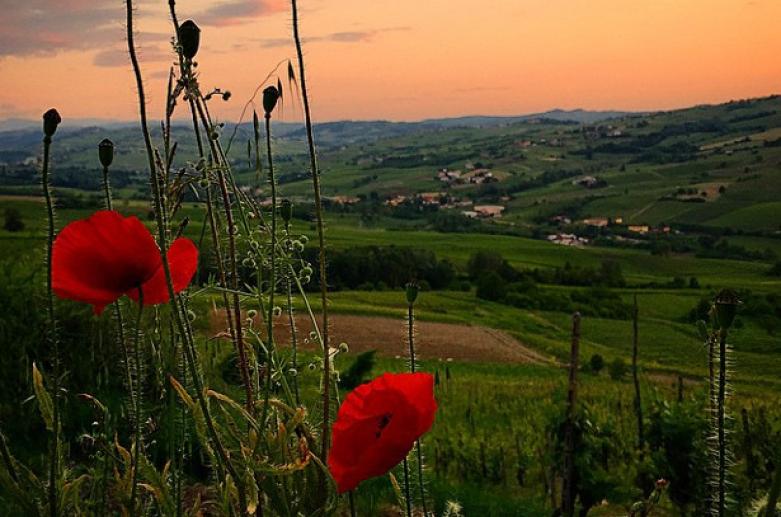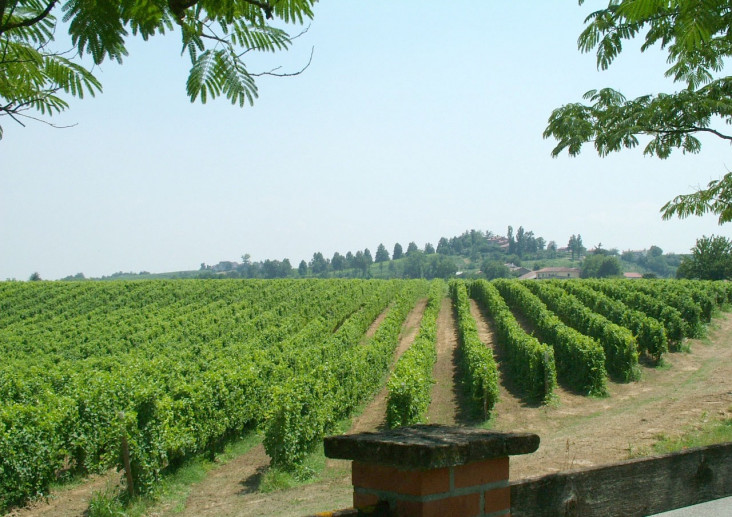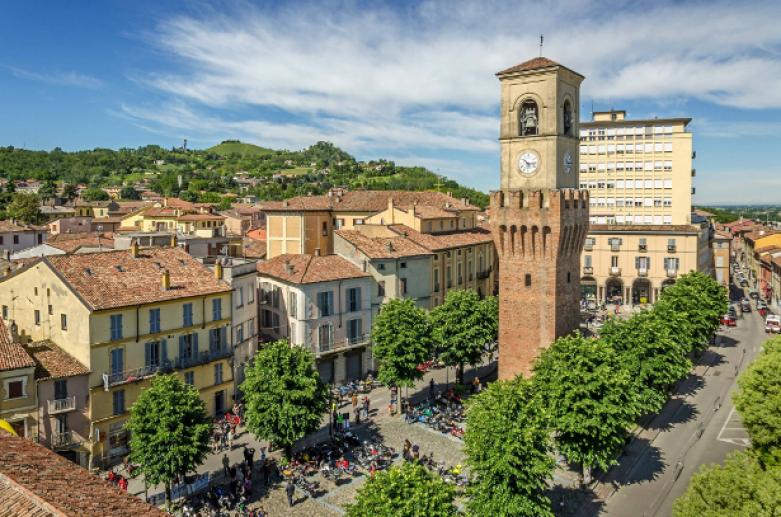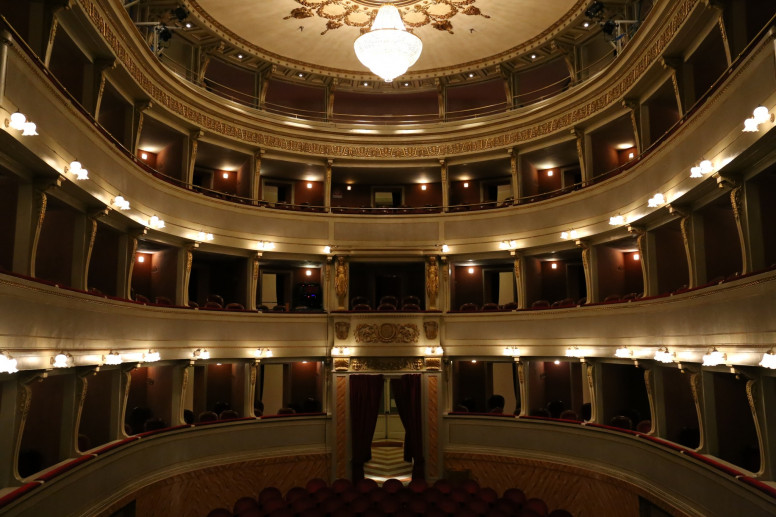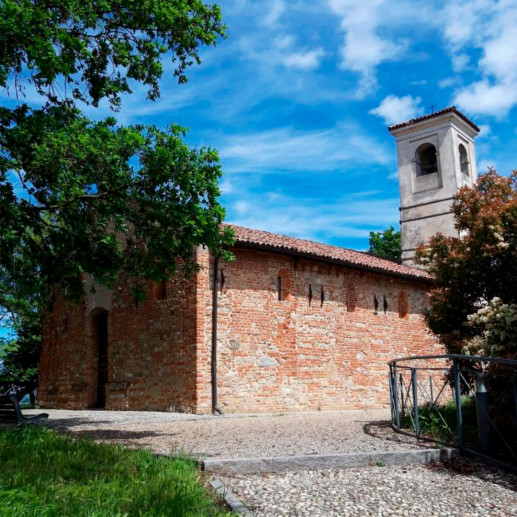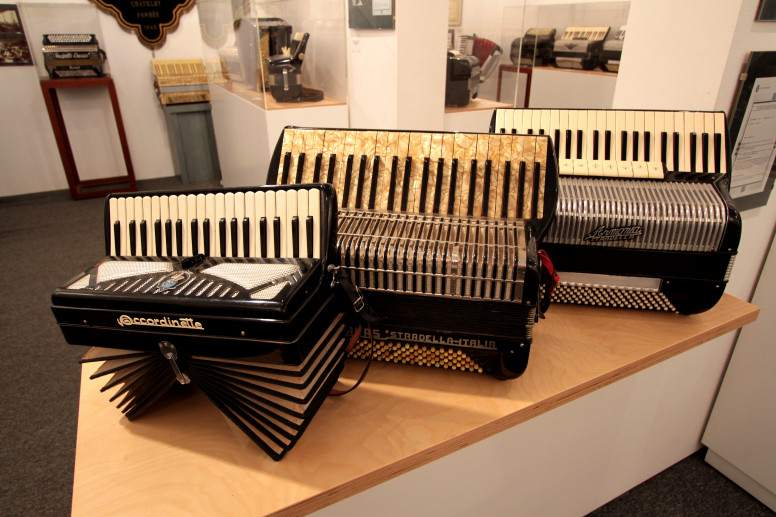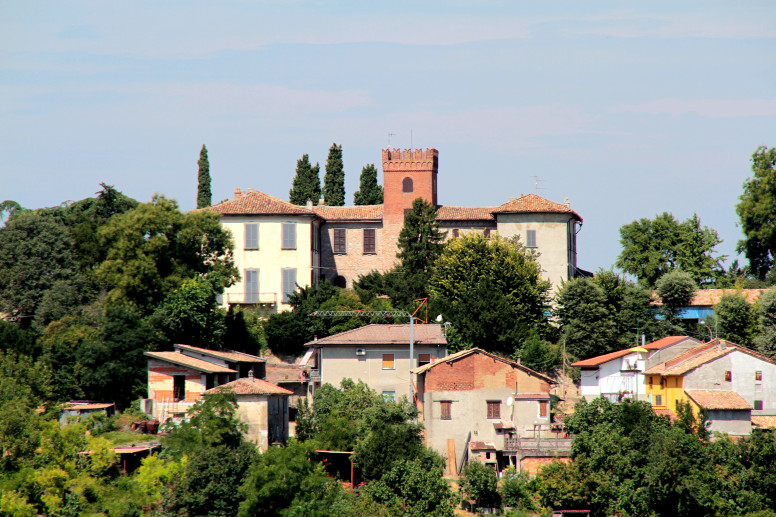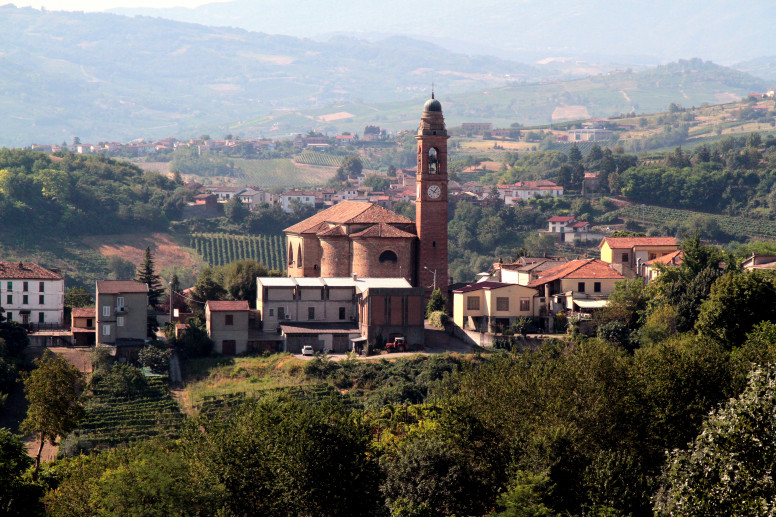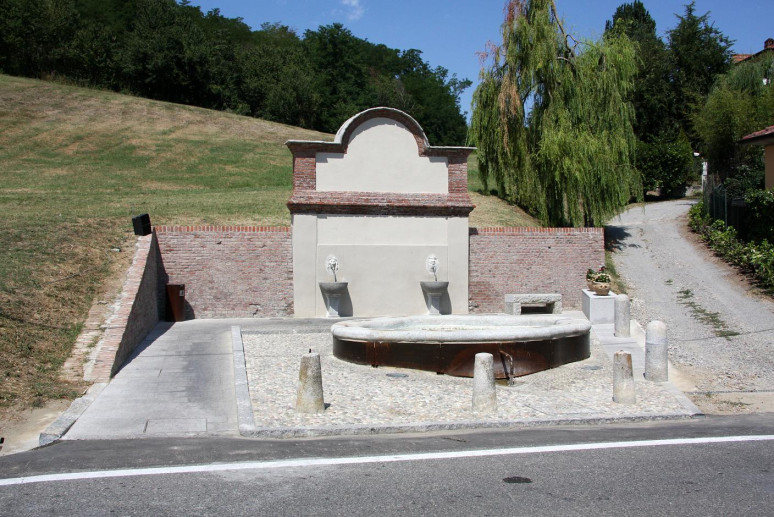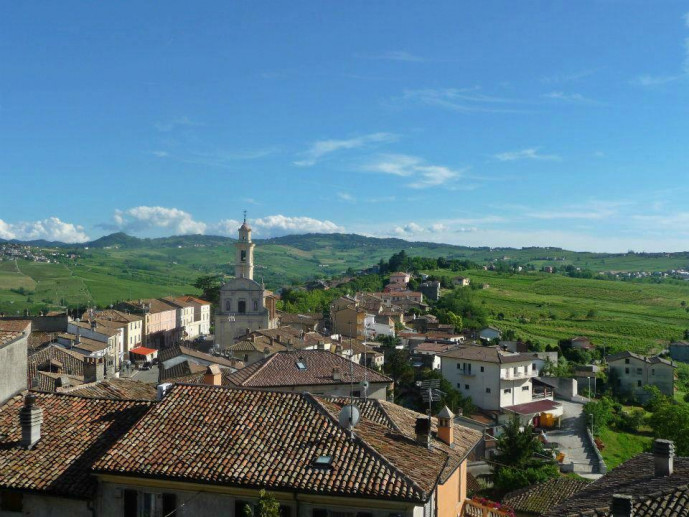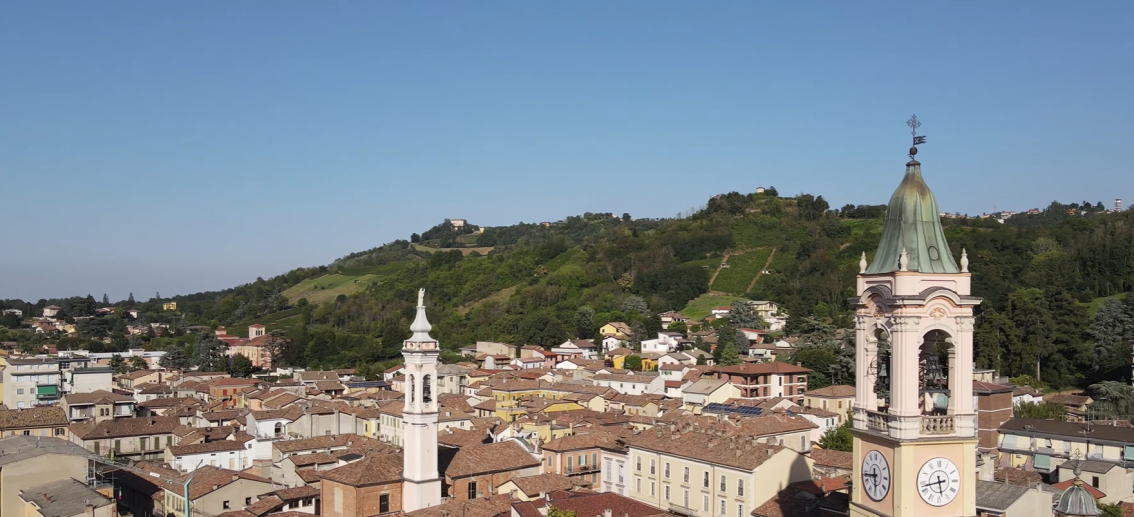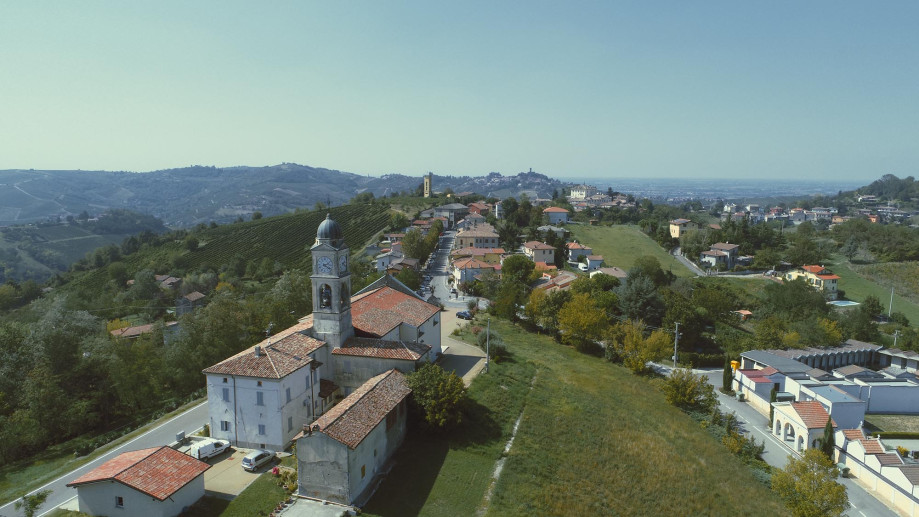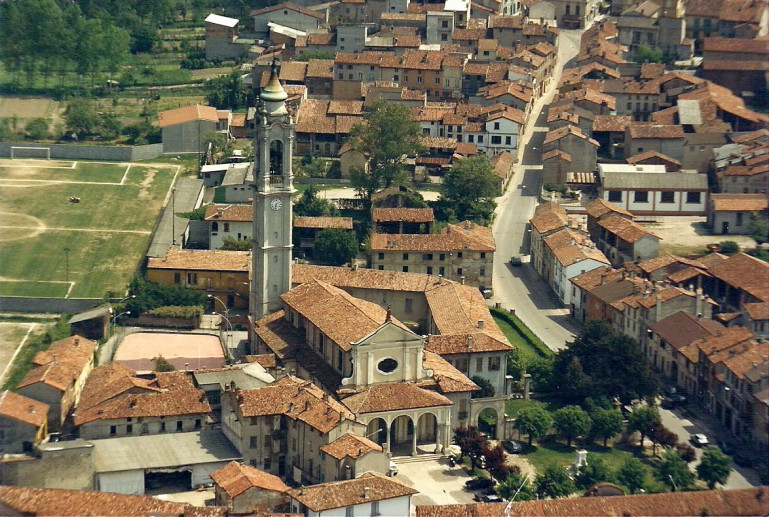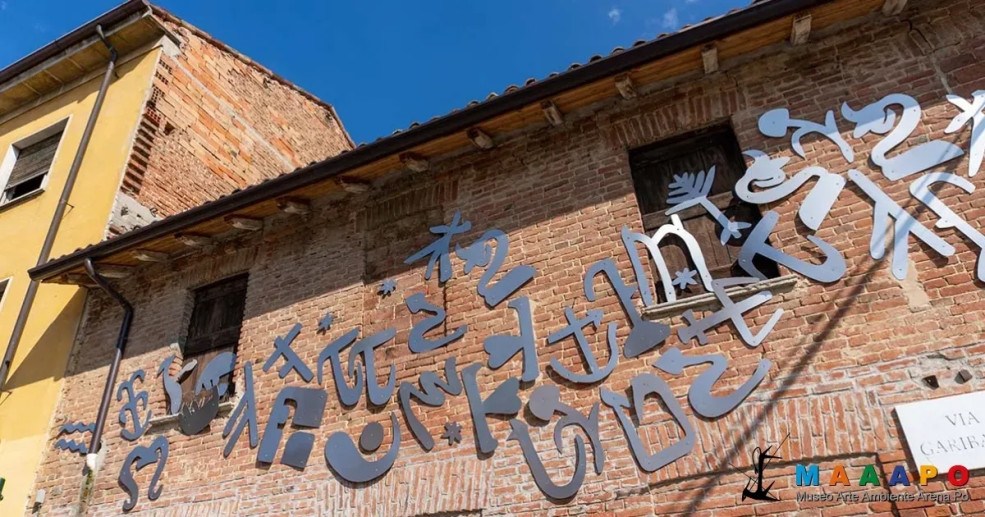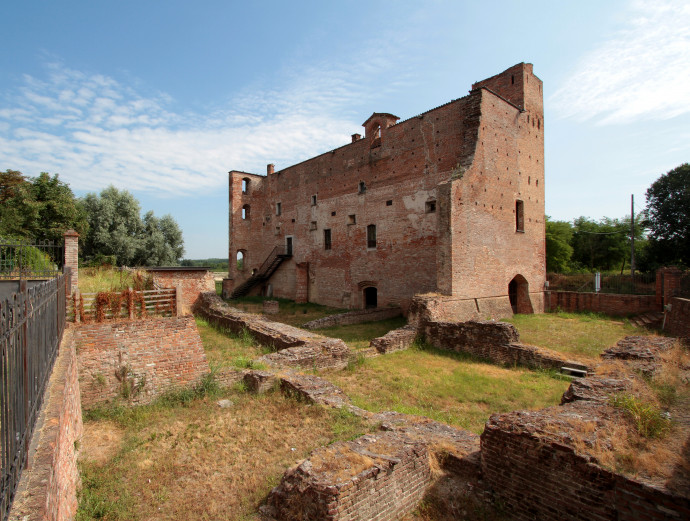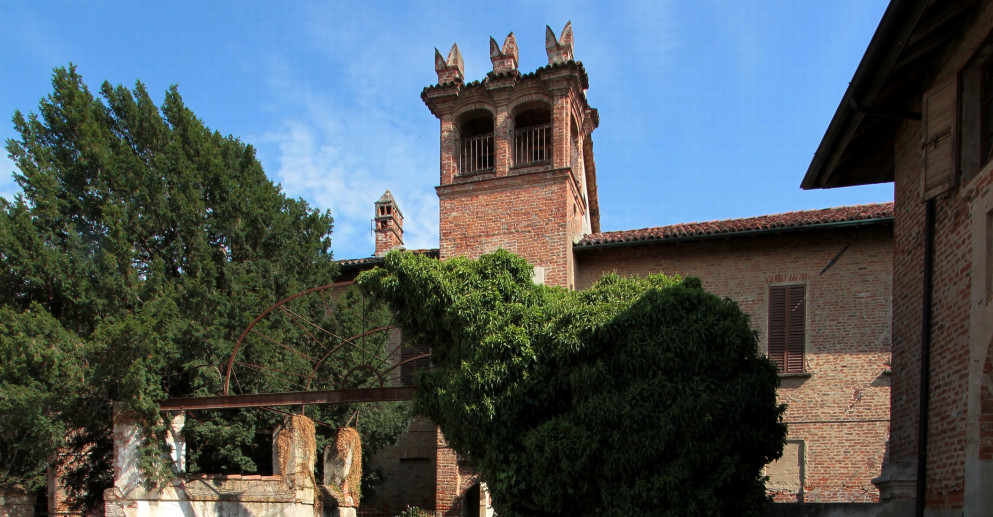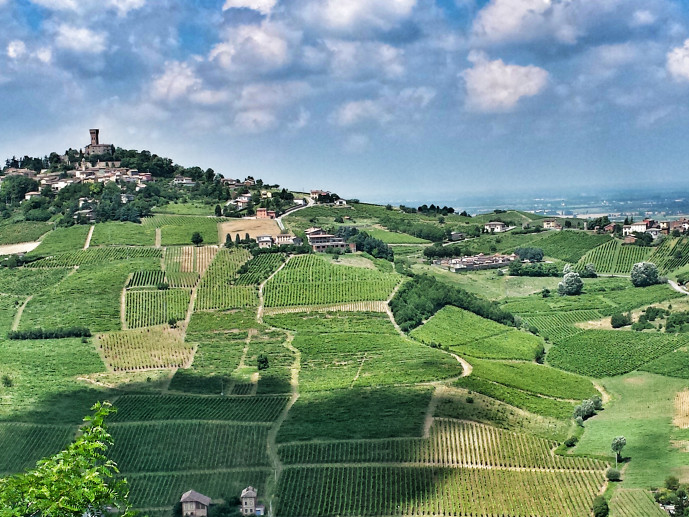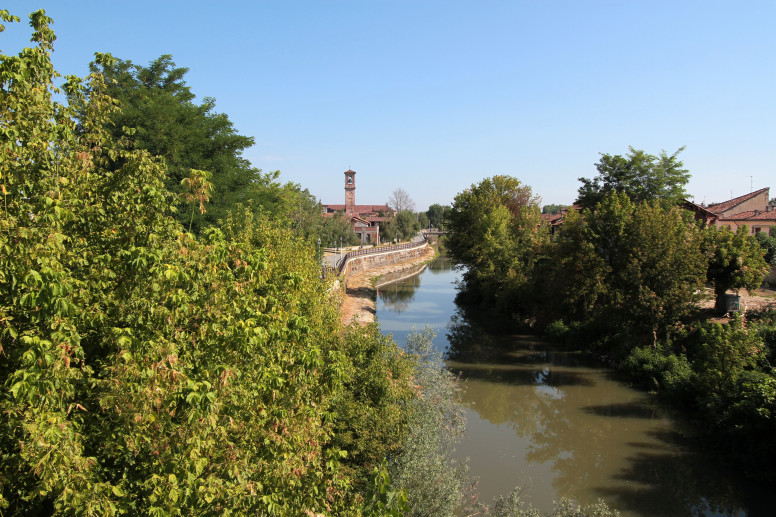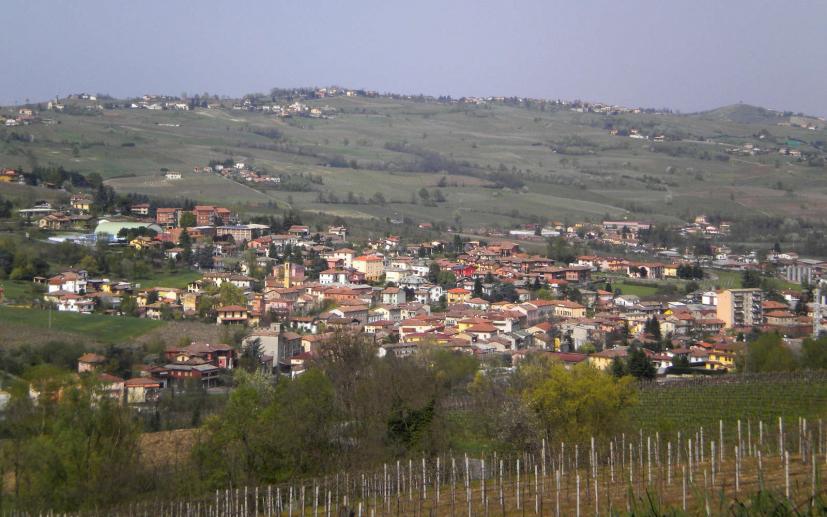- Villages
- Food & Wine
Zenevredo
The municipality of Zenevredo is located in the hills of the Oltrepò Pavese, not far from the plains, on the right bank of the Versa stream. The village of Zenevredo is characterized by a predominantly hilly landscape, typical of the Lower Po Valley.
The toponym, as Cenevretum, first appears in the list of lands of the Pavia countryside from 1250, as part of the Oltrepò. Zenevredo appears in the list of declarations of the hearth tax in the Principality of Pavia for the year 1537, as part of the rural Congregation of Oltrepò and Siccomario. The prefect of the Marengo department, according to the law of the 28th day of the rainy year VIII (February 1800), appoints the mayors and their assistants of the municipality of Zenevredo with a decree of 23 Fruttidoro year IX (September 1801). Zenevredo is included in the Marengo department and the Voghera district (Campana decree 1801). In the first pratile year X (May 1802), the prefect of the Marengo department decrees the appointment of 10 municipal councilors, who are to remain in office for three years (Campana decree 1802).
In 1805, due to the restructuring of the Ligurian-Piedmontese administration desired by Napoleon Bonaparte, Zenevredo, by decree of June 13, 1805, was merged into the department of Genoa, Voghera district (decree 1805, ASC Casei Gerola). In 1859, with a population of 372 inhabitants, Zenevredo became part of the province of Pavia and was included in the IX district of Montù Beccaria, Voghera district (decree 1859). Upon the formation of the Kingdom of Italy in 1861, the municipality had a resident population of 385 inhabitants (Census 1861).
According to the 1865 municipal organization law, the municipality was governed by a mayor, a council, and a board. Following the reform of the municipal organization in 1946, the municipality of Zenevredo continued to be governed by a mayor, a council, and a board.
